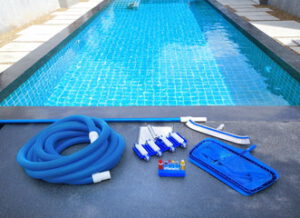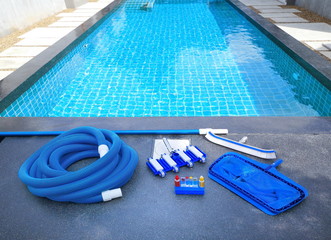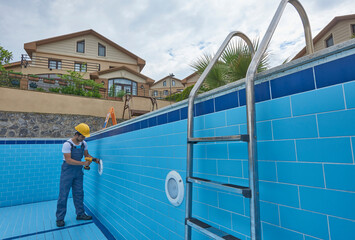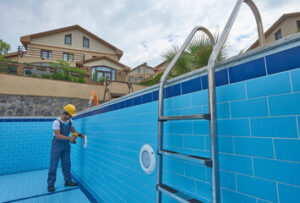During Pool Construction, a concrete surface is prepared to receive the plaster. This material is applied by hand, and plasterers must remove the cream that forms before the plaster can be applied. Once the plaster is applied, the pool is filled, and the water chemistry is balanced. There are several essential steps involved in this process. However, it is important to know that it will take several weeks to complete this process. So, keep these steps in mind.
 The costs of Pool Construction depend on several factors, including the size, type, and finish level. Fiberglass and vinyl swimming pools are the least expensive options. Fiberglass and concrete pools require the least amount of finishing work. Decking, landscaping, and equipment are additional costs. While you may be able to cut costs by hiring a professional contractor, you will be paying for their time and expertise. An experienced contractor will guide you through the process and answer your questions.
The costs of Pool Construction depend on several factors, including the size, type, and finish level. Fiberglass and vinyl swimming pools are the least expensive options. Fiberglass and concrete pools require the least amount of finishing work. Decking, landscaping, and equipment are additional costs. While you may be able to cut costs by hiring a professional contractor, you will be paying for their time and expertise. An experienced contractor will guide you through the process and answer your questions.
The first step of the process is screening, which is preparing a concrete shell. Then, a tile setter will decorate the area with the tiles according to the design that the client requests. This step usually takes several days to a week, depending on the tile style and square footage. Generally, a pool is ready to be decorated after this phase, and it may take up to seven days to complete this process.
Once the concrete shell is ready, steel installers will place hundreds of pieces of rebar around the pit to reinforce it. These steel bars provide structural support for the shell and are positioned two to four inches from the edge of the dirt. Steel ties attach these bars. The steel frame will then be elevated using plastic saddles attached to the bottom of the pit. After that, the steel cage will be covered with shotcrete.
After the concrete shell is completed, the craftsman will apply shotcrete. This process is crucial to the structural integrity of the pool. Otherwise, the concrete shell will become cracked and deformed. Once the concrete is installed, it must be given time to dry. In addition to the concrete shell, the pool’s exterior will need to be properly protected from harsh weather conditions. This step is necessary because concrete can break if the water is exposed. Therefore, the process of pool construction should be carefully planned and executed.
The construction process itself will take from one to seven weeks. The construction phase may take up to two weeks longer than the first estimate. The entire process may involve several stages. Depending on the project’s scope, these phases may take up to seven days. A pool designer must consider several factors, including the lot’s size and the area’s topography. The designer will also consider any underground utilities or property line setbacks. Lastly, the budget will play a large role.
After a final design is finalized, a pool builder will begin working. If you decide to negotiate with a pool builder, get a detailed quote and timeline from them. It would be best if you asked them to provide a list of previous clients for comparison shopping. Requesting an itemized list of materials and equipment before hiring a pool contractor is a good idea. It is a good idea to ask how much they are willing to negotiate.
A swimming pool is constructed of concrete, a common material for structures. There are two main types of concrete, known as gunite and shotcrete. Shotcrete is a wet mixture of cement and water applied pneumatically. Gunite is a dry mix that is pumped through a high-pressure hose. It has a broader bottom and is much less expensive. If you have a small budget, this type of pool construction will be your best choice.
Depending on the size of your pool, you can expect it to take a full day or even two days to complete. In addition to the amount of time needed, the amount of soil will vary. In general, excavating the soil can take several days or even weeks, depending on its hardness and accessibility. The excavation soil will need to be transported off-site. You may want to consider keeping the dirt and building up an area on your property before you start the actual construction process.


